Introduction and Package
Introduction of the HIS R9 270X IceQ X2 Turbo Boost 2GB OC

Recently if feels like in my own personal categories the focus has been on the higher-end segment of hardware. As much as we love those super-fast and super-expensive pieces of hardware, there's no denying that they continue to be out of reach for a lot of people. Today we move back to the middle of the video card pack to see what's going on with one of AMD's mid-range video cards.
The Radeon R9 270X 2GB from AMD managed to do what most of the R series of cards did, and that was impress us. Sitting around the $200 mark, the model hit at a great price point and provided some fantastic performance. It's been a while since we've looked at the model, and we're looking forward to seeing just what's going on with the model in more ways than one.
It will be interesting to see how the model compares to the original reference video card we looked at with its launch driver. We've also expanded our benchmark line up since the launch and it will be great to see what's going on with the mid-range model in some of the more recent releases.
The particular version of the R9 270X 2GB we're looking at today comes from HIS and falls into the IceQ X2 Turbo Boost series. We've looked at a couple of IceQ X2 cards from HIS and been impressed with them, albeit the particular ones we've been looking at have sat at the top of the pyramid. Still, let's leave it at that and see what happens with the mid-range R9 270X 2GB when HIS get its hands-on it.
Package - What comes inside the box


Taking a look at the package, you can see the overall design is very typical. We've got that IceQ X2 design with the series mentioned in the middle. Across the top, you can see the HIS logo, along with the Turbo one, while the bottom gives us the model and some of the main features which include 2GB GDDR5 and 4K support.
Turning the box over, you can see we've got a rundown of some of the main features including Full Solid State Capacitors, IceQ X2 Cooling Technology and Dynamic Phase Control PWM IC.
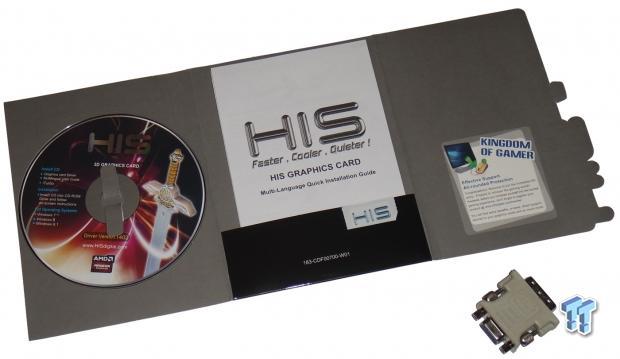
Diving inside the package, it's pretty standard. We've got a little booklet which carries with it a driver CD, Multi-Language Quick Install Guide and a HIS case sticker. Along with this, you can see the bundle also includes a DVI to VGA connector to round things off.
We haven't got much, but to be completely honest, you will most likely not use any of it either way, as you should grab the latest driver from the AMD website and VGA monitors are hardly common these days.
PRICING: You can find the HIS R9 270X IceQ X Turbo Boost Clock 2GB for sale below. The prices listed are valid at the time of writing but can change at any time. Click the link to see the very latest pricing for the best deal.
United States: The HIS R9 270X IceQ X Turbo Boost Clock 2GB retails for $269.99 at Amazon.
Video Card Details and Specifications
Close up with the HIS R9 270X IceQ X2 Turbo Boost 2GB OC
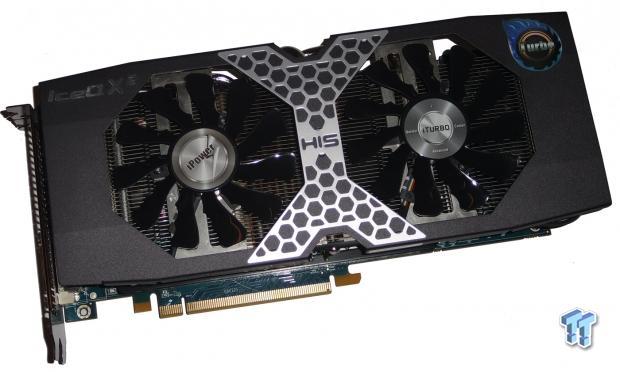
Taking the card out of the box and seeing it for the first time, you can see the overall design isn't anything out of the ordinary. We've seen the IceQ X2 cooler a number of times before, and not being an iPower model means that it comes with the black shroud instead of the gold one.
We've got a dual fan setup and a massive heat sink behind them with some copper heat pipes designed to pull the heat away from the GPU. This is a big cooler for a mid-range video card. It's handled the higher-end models well, so I must admit I'm looking forward to seeing just what it's capable of on this mid-range model.


Moving away from the front of the card and checking out the top, you can see the standard dual 6-pin PCIe power connector setup at the back of the card. Looking here, you can also see one of the heat pipes that comes out from the center of the heat sink. Staying across the top but moving to the front of the card, you can see we've got a single CrossFire connector that gives us the ability to run two of these cards together.

Finishing up with the I/O side of things, you can see that HIS has opted for a slightly different approach when compared to some other companies. On the connectivity side of things, we have the standard Dual-Link DVI and HDMI connector. Instead of a full size DisplayPort connector or a second Dual-Link DVI connector, they've instead opted to install two Mini-DP connectors.
As someone who uses DisplayPort monitors exclusively, this is a much better option for me as I could use two DisplayPort monitors and a Dual-Link DVI connector to drive three 2560 x 1440 monitors - from a productivity standpoint this is great. The inclusion of a Mini-DP to DisplayPort connector would've been nice, though, with a setup like this.
Specifications
Taking a look at the model name, you can guess that the model comes overclocked thanks to the "Turbo" branding. Out of the box, a reference R9 270X carries a core clock of 1150MHz, while the 2GB of GDDR5 comes at 1400MHz, which translates to 5600MHz QDR.
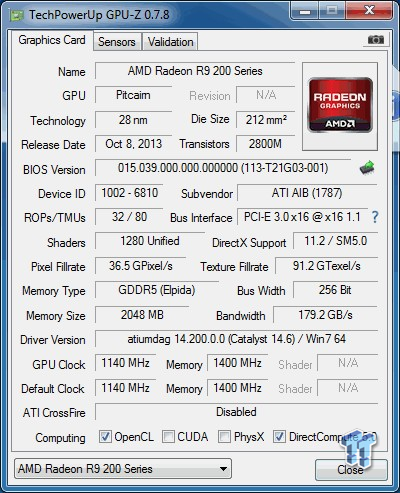
Looking above, you can see that the HIS R9 270X IceQ X2 Turbo Boost 2GB offers a core clock of 1140MHz. As for the 2GB of GDDR5, like most companies, HIS has chosen to leave that at its default clock, which means it comes in at 5600MHz QDR.
While we would've liked to have seen HIS bump up the memory clock, we can't deny the fact that most companies choose to concentrate just on bumping the core clock, as it yields the largest performance gains.
Test System Setup & FPS Numbers Explained
Test System Setup

We would like to thank the following companies for supplying and supporting us with our test system hardware and equipment: Intel, ASUS and Corsair.
We've got a bunch of cards in our graphs here today. Saying that, though, because of the recent benchmarks we've added and the time between testing mid-range cards, a lot of the lineup does sit higher than the HIS R9 270X IceQ X2 Turbo Boost 2GB, which is of course the first card included today.
Sitting with that we're also going to be looking at the reference R9 270X 2GB, which we used at launch. This is using an older driver and it will be interesting to see how performance of the HIS R9 270X IceQ X2 Turbo Boost 2GB compares against the reference card via both the overclock and the newer driver.
Moving up, we've got the Sapphire R9 280X 3GB Vapor-X OC, which we recently looked at. Continuing on we've got the HIS R9 290 4GB IceQ X2 Turbo to round off the AMD side of things.
As for the NVIDIA side of things, we've got the MSI GTX 760 MINI-ITX Gaming that we looked at recently, along with the higher-end reference GTX 770 2GB from NVIDIA. The main comparisons we're going to be looking at today, though, against the HIS R9 270X IceQ X2 Turbo Boost 2GB is the reference R9 270X 2GB, Sapphire R9 280X 3GB Vapor-X OC and the MSI GTX 760 MINI-ITX, which does sit at a slightly higher price tag.
The FPS Numbers Explained
When we benchmark our video cards and look at the graphs, we aim to get to a certain level of FPS which we consider playable. While many may argue that the human eye can't see over 24 FPS or 30 FPS, any true gamer will tell you that as we climb higher in Frames Per Seconds (FPS), the overall gameplay feels smoother. There are three numbers we're looking out for when it comes to our benchmarks.
30 FPS - It's the minimum number we aim for when it comes to games. If you're not dropping below 30 FPS during games, you're going to have a nice and smooth gaming experience. The ideal situation is that even in a heavy fire fight, the minimum stays above 30 FPS making sure that you can continue to aim easily or turn the corner with no dramas.
60 FPS - It's the average we look for when we don't have a minimum coming at us. If we're getting an average of 60 FPS, we should have a minimum of 30 FPS or better and as mentioned above, it means we've got some smooth game play happening.
120 FPS - The new number that we've been hunting down over recent months. If you're the owner of a 120 Hz monitor, to get the most out of it you want to get around the 120 FPS mark. Moving from 60 FPS / 60 Hz to 120 FPS / 120 Hz brings with it a certain fluidity that can't really be explained, but instead has to be experienced. Of course, if you're buying a 120 Hz monitor to take advantage of 3D, an average of 120 FPS in our benchmark means that in 3D you will have an average of 60 FPS, which again means you should expect some smooth gameplay.
Why are some graphs incomplete?
Adding new game benchmarks is a long, tedious and time consuming task as every video card has to be re-tested in those new benchmarks. Because of that reason we have always just evaluated our benchmark line up every six months. To stay up to date and current with the latest benchmarks and games available, we've changed our approach to adding new benchmarks.
Our benchmark line up will progress and be updated as newer more intensive games with benchmarks comes to light. While this will mean that initially you may only see a single video card in those particular graphs, as the weeks go on and we test more and more video cards, the results will grow quickly. This will help keep our benchmark line up as up to date as possible as we introduce and remove games on a constant basis.
Benchmarks - 3DMark
3DMark 11
Version and / or Patch Used: 1.1
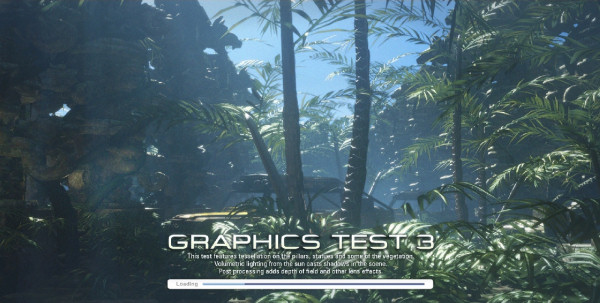
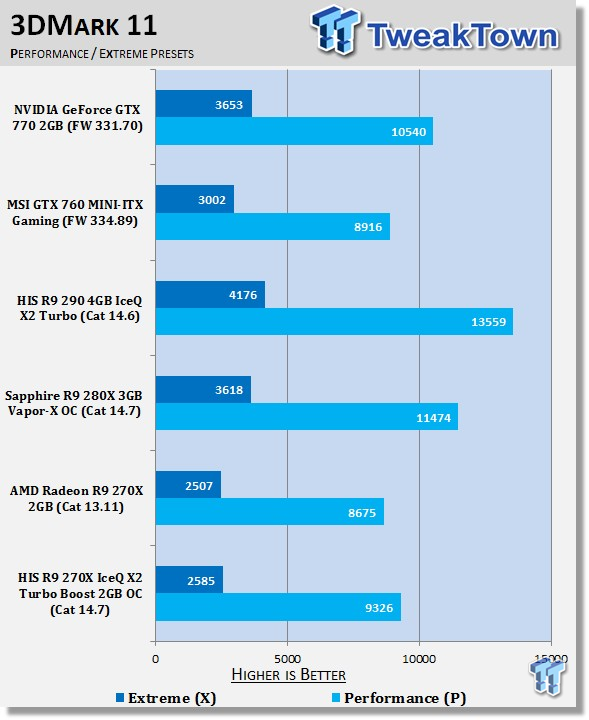
Starting off with 3DMark 11, you can see that performance doesn't look too bad. Compared against the GTX 760, you can see that the HIS R9 270X IceQ X2 Turbo Boost 2GB pulls out a nice lead at the Performance preset. At the higher resolution Extreme one, though, you can see it falls behind.
3DMark Fire Strike
Version and / or Patch Used: 1
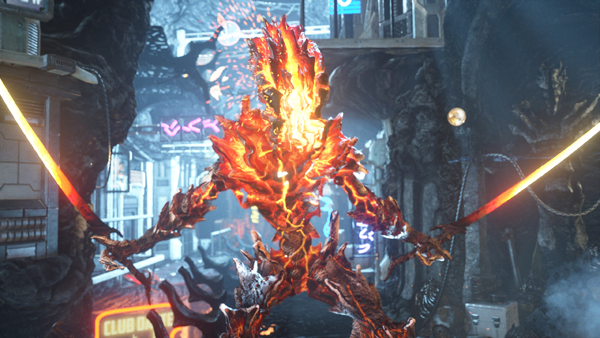

Moving into Fire Strike, you can see that performance is similar to the original reference card with no real change being seen.
Benchmarks - 3DMark Sky Diver & Catzilla
3DMark Sky Diver
Version and / or Patch Used: 1.1
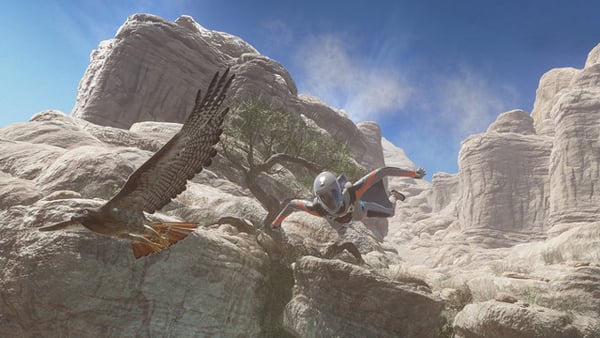
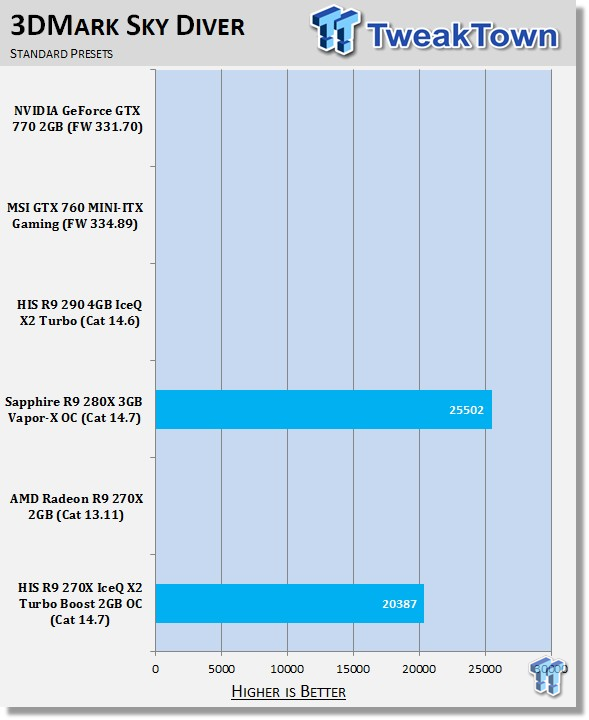
With only a few cards having been benchmarked for Sky Diver so far, it's difficult to know just how the card performs in this instance, especially since we're dealing with a synthetic benchmark that gives us a score.
Catzilla
Version and / or Patch Used: 1.3


Just like above in Sky Diver, it's a little difficult to see just how the HIS R9 270X IceQ X2 Turbo Boost 2GB compares to other cards due to the limited amount of results we have for the benchmark at the moment.
The benchmark will of course become more and more useful as we test more cards over the coming weeks and months.
Benchmarks - Unigine Heaven & Phantasy Star Online 2
Unigine Heaven Benchmark
Version and / or Patch Used: 3
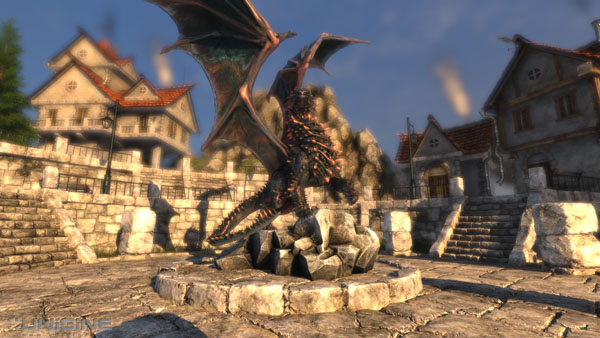

Looking at Heaven, you can see we get a bit of a performance increase on the HIS R9 270X IceQ X2 Turbo Boost 2GB when compared to the reference card. Compared to the GTX 770 2GB, you can see it lags slightly behind. This isn't a huge surprise, though, considering that NVIDIA has always performed stronger under the heavy tessellation based benchmark Heaven.
Phantasy Star Online 2
Version and / or Patch Used: Standalone Benchmark
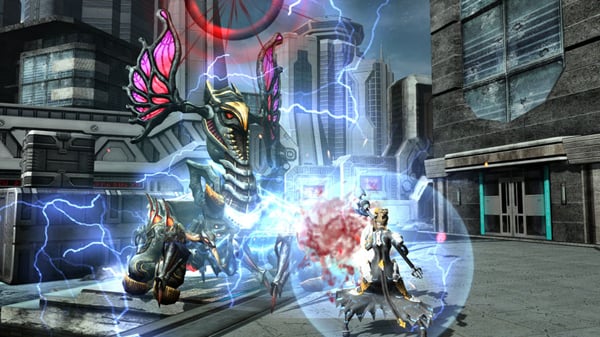

PSO2 performance isn't too bad. Saying that, though, the 5376 score isn't at a level where we'd find the game playable, but the chance that you're going to be playing a game at 2560 x 1600 on a card like this is slim. Scaling down the resolution table, you will get playable numbers.
Benchmarks - Lost Planet 2 & Just Cause 2
Lost Planet 2
Version and / or Patch Used: Standalone Benchmark
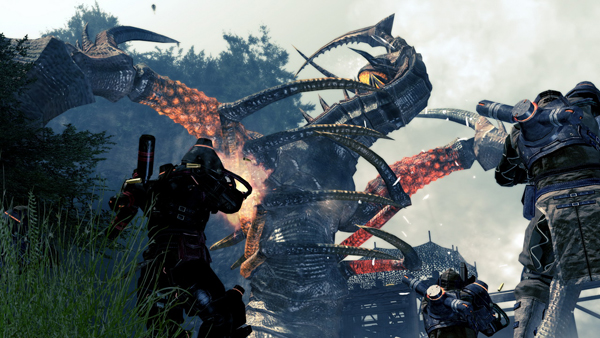
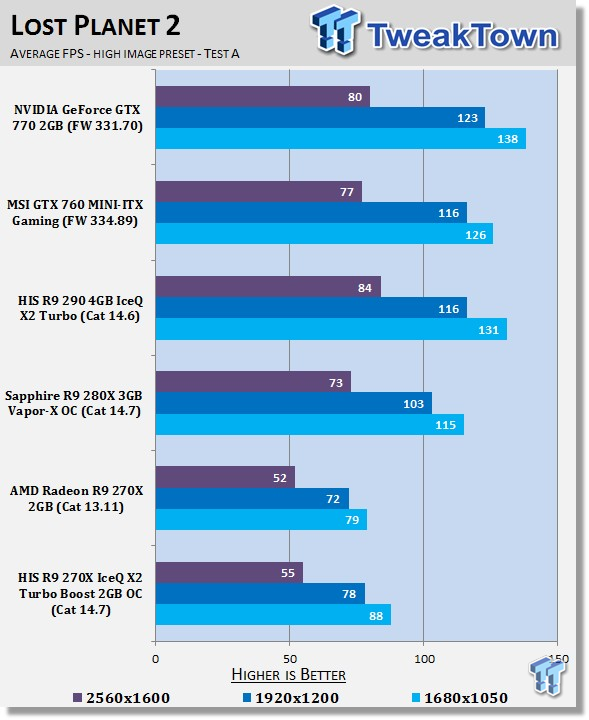
Lost Planet 2 sees the HIS R9 270X IceQ X2 Turbo Boost 2GB perform well at both 1680 x 1050 and 1920 x 1200. It isn't until we move to 2560 x 1600 that we see the FPS drop below 60 FPS. While the GTX 760 doesn't have the same issue, just like Heaven, the fact that the game is heavy on tessellation, means that it has always favored NVIDIA offerings.
Just Cause 2
Version and / or Patch Used: Latest Steam Update


Just Cause 2 numbers are great across the board. We see playable numbers at all resolutions, and you can see with the overclock and the most recent driver our HIS R9 270X IceQ X2 Turbo Boost 2GB breaks into the 70 FPS range, when compared against the reference card.
Benchmarks -Metro Last Light & Nexuiz
Metro Last Light
Version and / or Patch Used: Latest Steam Update


Firing up Metro Last Light, you can see that we're not able to get playable FPS at any resolution. It's not until we move up to the R9 280X that we see a playable number at 1680 x 1050. The same results are seen on the GTX 760 with numbers below 60 FPS across the board.
Nexuiz
Version and / or Patch Used: Latest Steam Update
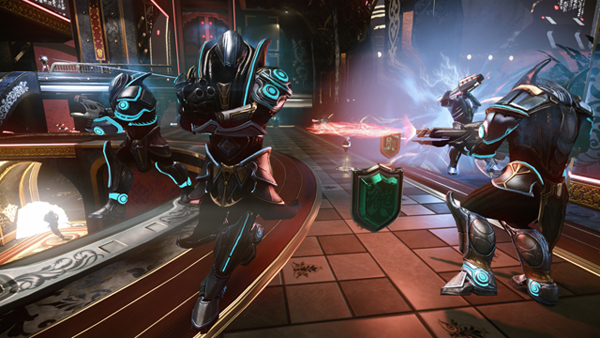
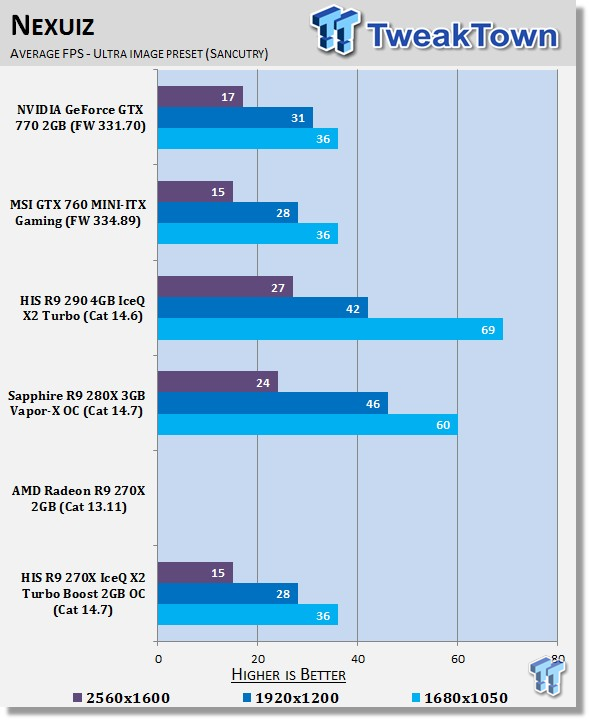
Nexuiz paints a similar picture to what we saw under Metro Last Light. This isn't a huge surprise considering the intensity of the game. You're going to really need to drop the detail levels down to bring those numbers up, even at the lowest resolution.
Benchmarks - Sniper Elite V2 & Sleeping Dogs
Sniper Elite V2
Version and / or Patch Used: Standalone Benchmark
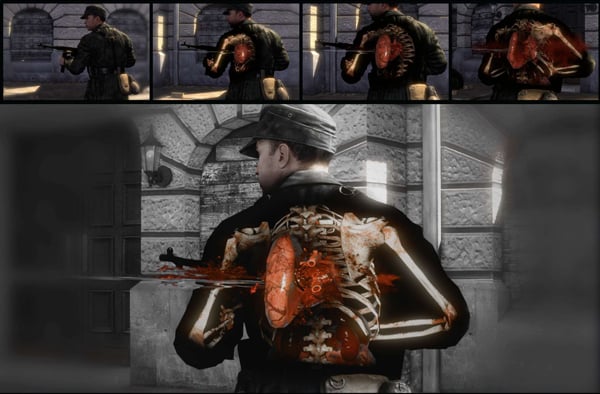

Looking at Sniper Elite V2, you can see that the HIS R9 270X IceQ X2 Turbo Boost 2GB puts out some great numbers at both 1920 x 1200 and 1680 x 1060. It's not until we move to 2560 x 1600 that we see the model fall short. You can see that the GTX 760 2GB does manage to sneak past 60 FPS, though.
Sleeping Dogs
Version and / or Patch Used: Latest Steam Update
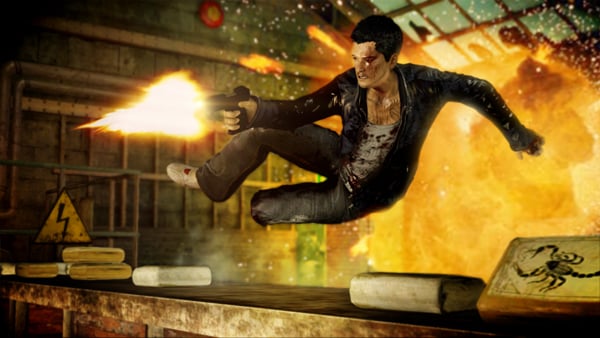
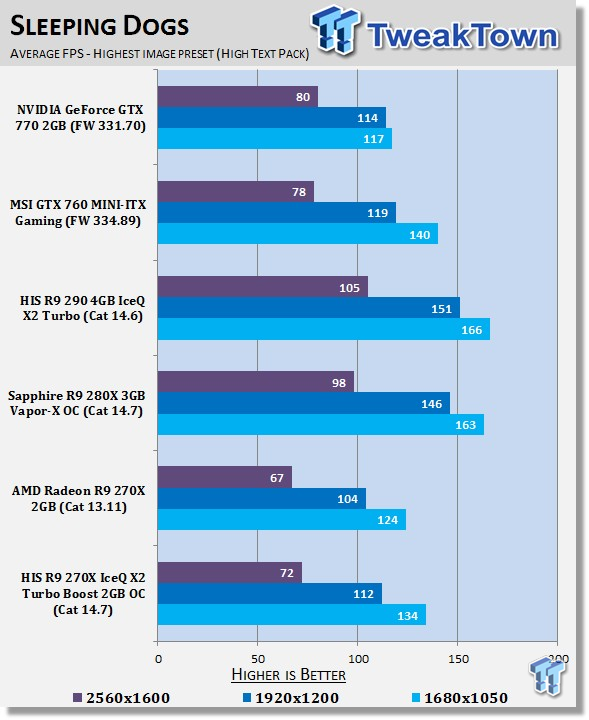
Sleeping Dogs numbers look great across the board and you can see at even the highest resolution the HIS R9 270X IceQ X2 Turbo Boost 2GB manages to score a solid 72 FPS. Considering the newer nature of the game and the price point of the card, this is really quite impressive.
Benchmarks - Hitman Absolution & Tomb Raider
Hitman Absolution
Version and / or Patch Used: Latest Steam Update
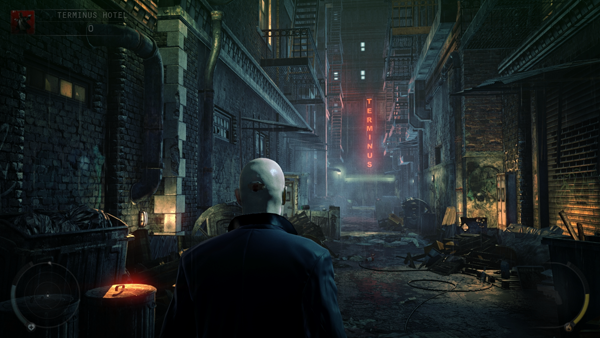

Hitman Absolution numbers look good across the board and you can see at even the highest resolution, the 43 FPS minimum on the HIS R9 270X IceQ X2 Turbo Boost 2GB is impressive. Saying that, though, we must admit the 52 FPS average is a little too low. 1920 x 1200 numbers, though, are absolutely perfect with a 62 FPS minimum and 76 FPS average.
Tomb Raider
Version and / or Patch Used: Latest Steam Update
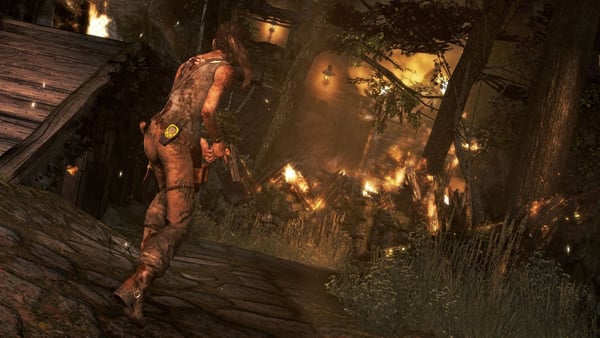

Tomb Raider is extremely intensive and you can see the mid-range cards really do struggle. While we fall short of 60 FPS we're on the hunt for at all resolutions, the fact that we've got a solid 59 FPS with an excellent 44 FPS minimum at 1680 x 1050 means the game is playable.
Benchmarks - BioShock Infinite & Battlefield 4
BioShock Infinite
Version and / or Patch Used: Latest Steam Update
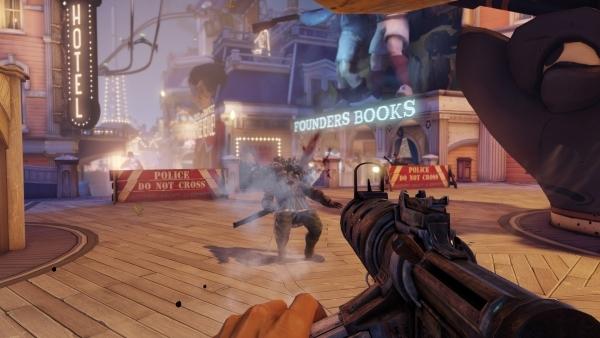

Moving into BioShock Infinite, you can see that performance is solid at 1680 x 1050 with a 65 FPS average. Moving past that, though, you can see the rates aren't where we need them to be. The GTX 760, on the other hand, manages to also sneak in playable FPS at 1920 x 1200.
Battlefield 4
Version and / or Patch Used: Latest Origin Update


Looking at Battlefield 4, you can see the numbers are solid at both 1920 x 1200 and 1680 x 1050. It isn't till we move to 2560 x 1600 that we fall short of the 60 FPS average we're always-on the hunt for.
Benchmarks - GRID Autosport
Grid Autosport
Version and / or Patch Used: Latest Steam Update
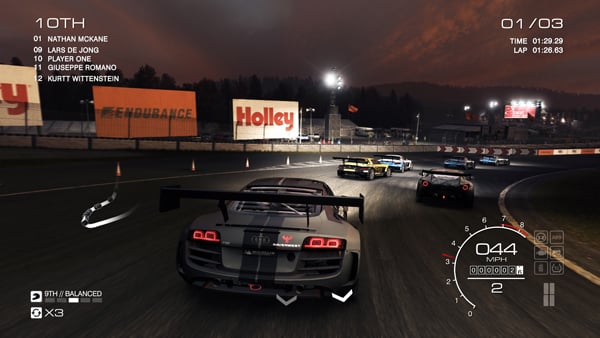

Moving into our most recent benchmark, you can see that the HIS R9 270X IceQ X2 Turbo Boost 2GB offers some great performance across the board. At the highest resolution, though, we do find the average a little too low, even with the strong 40 FPS minimum.
Considering the game is brand new, though, we can see the HIS R9 270X IceQ X2 Turbo Boost 2GB manages to perform well with these intensive settings.
Benchmarks - High Quality AA and AF
High Quality AA and AF Testing
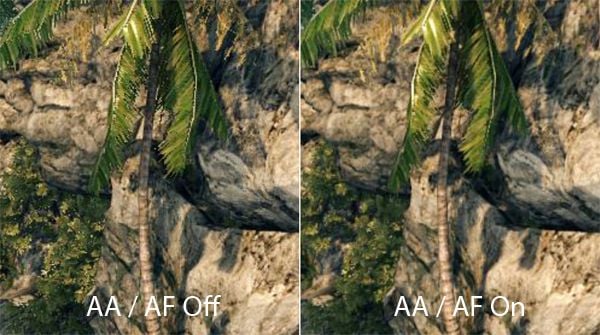
While we test all our games with maximum in-game settings, turning on Anti-Aliasing (AA) and Antistrophic Filtering (AF) helps take the intensity of our testing to another level.
Here we see video cards go from playable FPS to unplayable FPS and the real power houses continue to help break that 60 FPS mark we always aim for to provide a smooth gaming experience.

With Metro Last Light being an issue with no AA and AF, it comes as no surprise the FPS absolutely plummets here when it's turned on. You can see across the board not a single setup gets that 60 FPS average we're on the hunt for.

Turning on AA and AF, we can see that while the HIS R9 270X IceQ X2 Turbo Boost 2GB does fall short of the 60 FPS at both resolutions, the 58 FPS average at 1920 x 1200 is impressive.

Just like Metro Last Light, we see the FPS numbers plummet here too. It's not until we move to the R9 290 4GB that we see some playable numbers.
Benchmarks - 4K - 3840 x 2160 Testing
4K - 3840 x 2160 Testing

4K monitors are the next step for gamers demanding the best in image quality. With 4x the pixels of a standard 1920 x 1080 monitor (meaning 4x the intensity); 3840 x 2160 brings with it a new level of intensity to video cards.
Wanting to make sure that you're buying the right video card for a monitor that offers such a large resolution, we test the latest and greatest video cards in a couple of benchmarks to give you an idea of just what kind of setup you require.

With few results under our 4K tests, it's a little hard to tell just how well the HIS R9 270X IceQ X2 Turbo Boost 2GB performs against other mid-range cards at this intensive resolution.

Cranking up the resolution sees the HIS R9 270X IceQ X2 Turbo Boost 2GB plummet here. Even the R9 290 4GB falls short of 60 FPS.

Across the board, we see Hitman Absolution just wreck our single GPU solutions with unplayable FPS at this resolution.

Tomb Raider sees FPS in the single digits here. We must admit it has been a while since we've seen a test put this kind of hurt on a video card.

Finishing up with GRID Autosport, we continue to find ourselves not surprised the mid-range HIS R9 270X IceQ X2 Turbo Boost 2GB struggles at this intense resolution.
Temperature & Sound Testing
Temperature Test

The temperature of the core is pulled from MSI Afterburner with the max reading used after a completed run of 3DMark Vantage at the Performance preset.

The big cooler and the mid-range nature of the card. The number are as you'd expect with the HIS R9 270X IceQ X2 Turbo Boost 2GB scoring well into the bottom half of the graph when it comes to temperature.
Sound Test

Pulling out the TES 1350A Sound Level Meter, we find ourselves quickly yelling into the top of it to see how loud we can be.
After five minutes of that we get a bit more serious and place the device two CM away from the fan on the card to find the maximum noise level of the card when idle (2D mode) and in load (3D mode).

Looking above, you can see that noise levels on the HIS R9 270X IceQ X2 Turbo Boost 2GB sit towards the middle of the pack. These are solid numbers when combined with the impressive temperature numbers we saw just above.
Power Consumption Testing

Using our PROVA Power Analyzer WM-01--or "Power Thingy" as it has quickly become known as to our readers--we are now able to find out what kind of power is being used by our test system and the associated video cards installed. Keep in mind that it tests the complete system (minus LCD monitor, which is plugged directly into AC wall socket).
There are a few important notes to remember, though. While our maximum power is taken in 3DMark06 at the same exact point, we have seen in particular tests the power being drawn as much as 10 percent more. We test at the exact same stage every time, so tests should be very consistent and accurate.
The other thing to remember is that our test system is bare minimum--only an SSD hard drive is used with a single CD ROM and minimal cooling fans.
So while the system might draw 400 watts in our test system, placing it into your own PC with a number of other items will result in a higher draw.

Power draw comes in at a little below the 400 watt mark, which is pretty standard. For a setup like this, we'd recommend a quality power supply above 500 Watt to make sure you don't run into any problems.
Pricing, Availability, and Final Thoughts
Priced at a little over the $200 mark, the HIS R9 270X IceQ X2 Turbo Boost 2GB shows us the kind of value for money AMD continue to offer with the help of their partners. As much as we all love the GTX TITAN Black Edition and R9 295 X2, we can't deny that for most people, the want and desire for them is much greater than the actual demand. It's at this price point that both AMD and NVIDIA move volume and it's important to be strong here.
Looking at the HIS R9 270X IceQ X2 Turbo Boost 2GB, you do have to find yourself kind of surprised with just what this mid-range $200 odd video card is capable of achieving.
While you might expect the likes of something older like Just Cause 2 having no problems, the fact that something newer like Sleeping Dogs works well is a testament to the video card. We can see even under our most recent benchmark GRID Autosport it manages to score a solid 40 FPS minimum - it only falls short with a 50 FPS average. With such a solid minimum, though, a slight detail drop to bring that average to the mid to high 50s range is going to result in a playable gaming experience at 2560 x 1600, on a card that costs just under $200.
Moving away from the performance for a minute and going onto the other surroundings of the card, the only area that you feel a bit short changed on is the bundle. With that said, though, it's an area that has been getting thinner and thinner over the years as companies, like HIS, have done here today, let the actual product do all the talking. The cooler on the card is extremely strong, it runs at a great noise level, and temperature numbers are on the low side too, which is always great.
If you wanted to extract a bit more performance out of the already overclocked card, you could install the HIS iTurbo software to help push the clocks even higher, without having to be concerned about the extra noise or extra heat that would be seen.
If you're looking for a mid-range video card that isn't going to break the bank, the chances are the R9 270X 2GB is a model that you've been looking at from AMD. As for the HIS variant of the card, we've got a really nice offering here. I'm a huge fan of the I/O configuration they're using, which sees two Mini DisplayPort connectors. The overclock on the core is nice enough to give us a performance boost and the cooler is capable of giving us some more headroom, if we want to fire up some overclocking software and go a bit higher.
HIS have done a good job ticking all the right boxes here today with the R9 270X IceQ X2 Turbo Boost 2GB. While the bundle might be a little on the light side, the company has made up for it in more ways than one. If you're looking at a video card that is in that $200 price bracket, the HIS R9 270X IceQ X2 Turbo Boost 2GB is something that you should be looking at.
PRICING: You can find the HIS R9 270X IceQ X Turbo Boost Clock 2GB for sale below. The prices listed are valid at the time of writing but can change at any time. Click the link to see the very latest pricing for the best deal.
United States: The HIS R9 270X IceQ X Turbo Boost Clock 2GB retails for $269.99 at Amazon.


 United
States: Find other tech and computer products like this
over at
United
States: Find other tech and computer products like this
over at  United
Kingdom: Find other tech and computer products like this
over at
United
Kingdom: Find other tech and computer products like this
over at  Australia:
Find other tech and computer products like this over at
Australia:
Find other tech and computer products like this over at  Canada:
Find other tech and computer products like this over at
Canada:
Find other tech and computer products like this over at  Deutschland:
Finde andere Technik- und Computerprodukte wie dieses auf
Deutschland:
Finde andere Technik- und Computerprodukte wie dieses auf